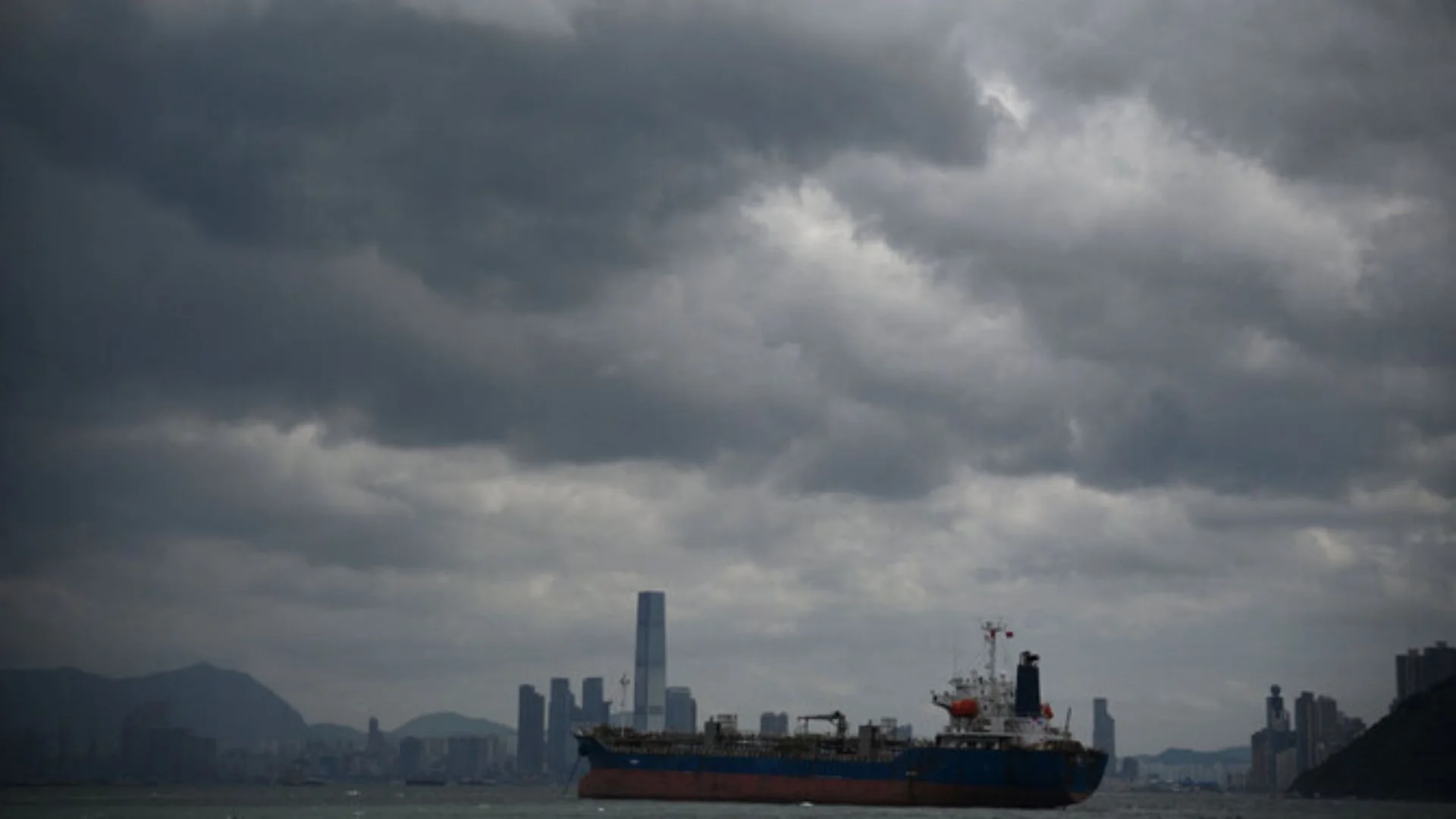Typhoon Causes Widespread Damage Across Asia
Super Typhoon Yagi, the strongest storm to hit Asia in 2024, made landfall in northern Vietnam on Saturday, September 7. The storm, which previously struck China’s southern Hainan island, has caused significant devastation, including fatalities and injuries. In Hainan, Yagi claimed two lives and injured dozens, according to the meteorological agency. It is the world’s second-strongest tropical cyclone of the year, with its peak winds recorded at 234 kilometers per hour (145 miles per hour) over Hainan. As it hit northern Vietnam, winds had decreased to 160 kilometers per hour (99 miles per hour).
Impact in Vietnam
The coastal city of Haiphong, an industrial center with 2 million residents and home to major factories and the local automaker VinFast, has suffered severe damage. Power outages have affected parts of the city, and reports describe shattered windows and fallen tree branches. Authorities have evacuated nearly 50,000 people from coastal regions and deployed 450,000 military personnel for emergency response. Four airports, including Hanoi’s Noi Bai, have been closed temporarily, resulting in over 300 flight cancellations. Schools in 12 northern provinces, including Hanoi, have also been shut.
Ongoing Threat and Climate Change Concerns
As Yagi continues its path inland, scientists highlight concerns about increasing storm intensity due to rising ocean temperatures linked to climate change. Last week, Typhoon Shanshan hit southwestern Japan, marking the most severe storm in decades. Yagi, named after the Japanese word for “goat” and the Capricorn constellation, remains a significant threat as it moves further inland.























